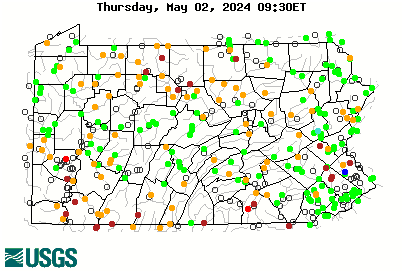Redfin
Member
- Joined
- Jan 31, 2017
- Messages
- 75
I guess I’m a bit uneducated on some wet fly terminology it seems. I been getting back into fly fishing and looking up where I left off at wet flys.
Well. Come to find out. What I was calling n tying wet fly was actually soft hackles. So I now understand the difference's between a winged actual wet fly and my soft hackles.
But I came to things called flymphs and spiders.
Can someone help me understand those or this terminology? Flymph to me looks like a buggy nymph and I spider looks like my soft hackles… could use some clarification.
Well. Come to find out. What I was calling n tying wet fly was actually soft hackles. So I now understand the difference's between a winged actual wet fly and my soft hackles.
But I came to things called flymphs and spiders.
Can someone help me understand those or this terminology? Flymph to me looks like a buggy nymph and I spider looks like my soft hackles… could use some clarification.




